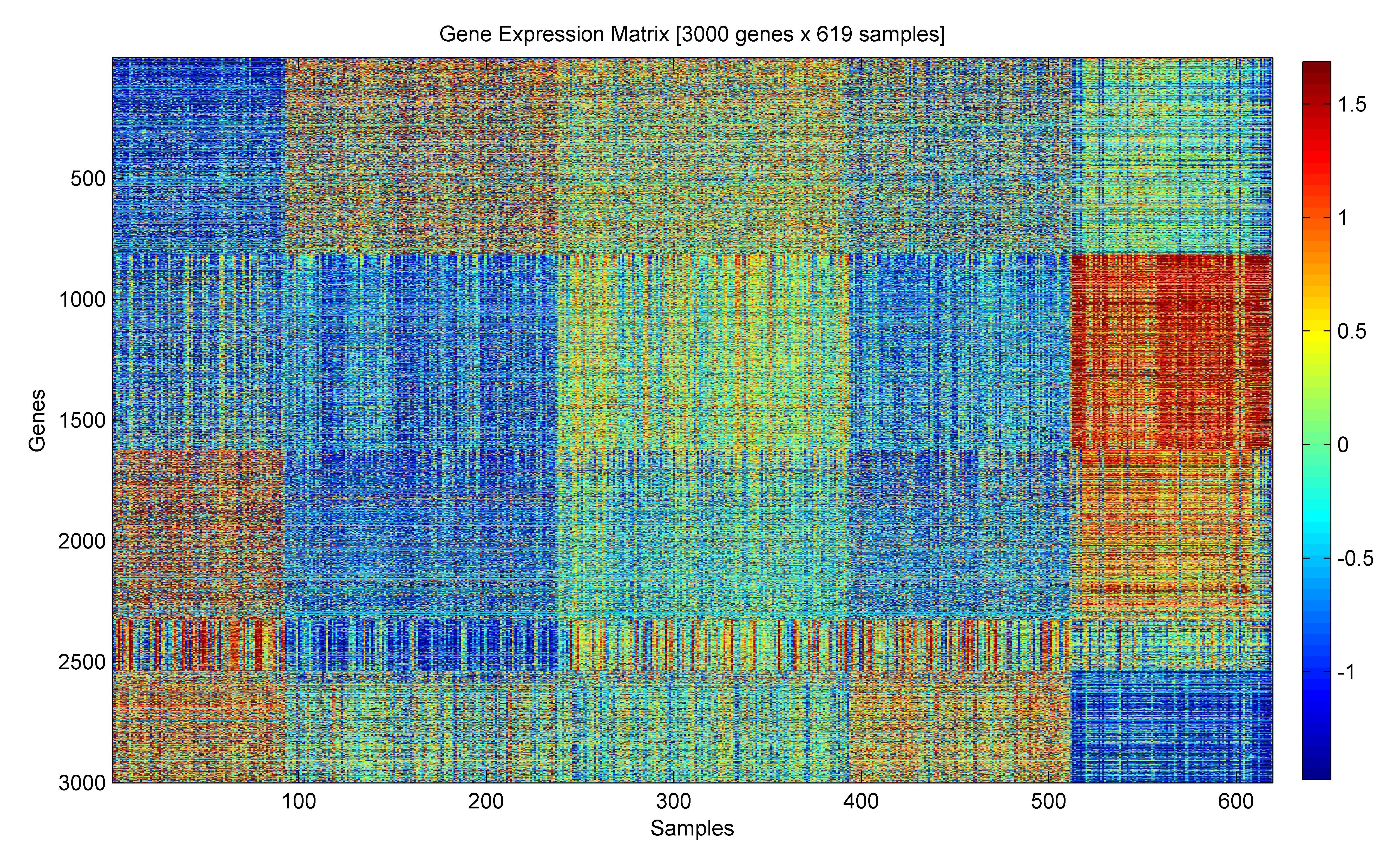
Tool to categorize breast cancer tumors also work to classify prostate tumors
June 3, 2017Clearly the breast and the prostate tissues are not similar organs, but cancers in these tissues are both driven by hormones – estrogen in breast cancer and androgens in prostate cancer. New research by Shuang Zhao and colleagues in the lab of Dr. Felix Feng at the University of Michigan and University of California, San Francisco shows that at the gene level, like breast cancer, prostate tumors can be subdivided into the same categories. Further, these categories can be used to predict response to therapy.
Dr. Zhao and colleagues used the PAM50 assay, a common tool developed by Dr. Charles Perou and others to separate breast cancer based on their gene expression into several categories such as luminal A, luminal B, basal/triple negative, and HER2 positive. In breast cancers, these classifications predict if a tumor will respond to therapy (tamoxifen or herceptin, for example). By separating the prostate cancer tumors into subsets using PAM50 and comparing how the tumors responded to therapy, Zhao was able to show a correlation between the different categories and outcomes such as progression free survival and overall survival. In their data, luminal B tumors had the worst worst outcomes for all categories evaluated including overall survival. These tumors, however, did have the best responses to androgen therapy.
This is interesting on a number of levels. First, the breast cancer PAM50 tool can be used to subdivide prostate cancers. Second, while in breast cancer the basal type has the worst outcomes, in prostate it may be the luminal B type that has the worst prognosis. Lastly, this expands our understanding of two common cancer types and uses resources developed to analyze one cancer to now understand more about a very different one.
This work was published in the Journal of the American Medical Association Oncology (JAMA Oncology – http://jamanetwork.com/journals/jamaoncology) and can be found here.